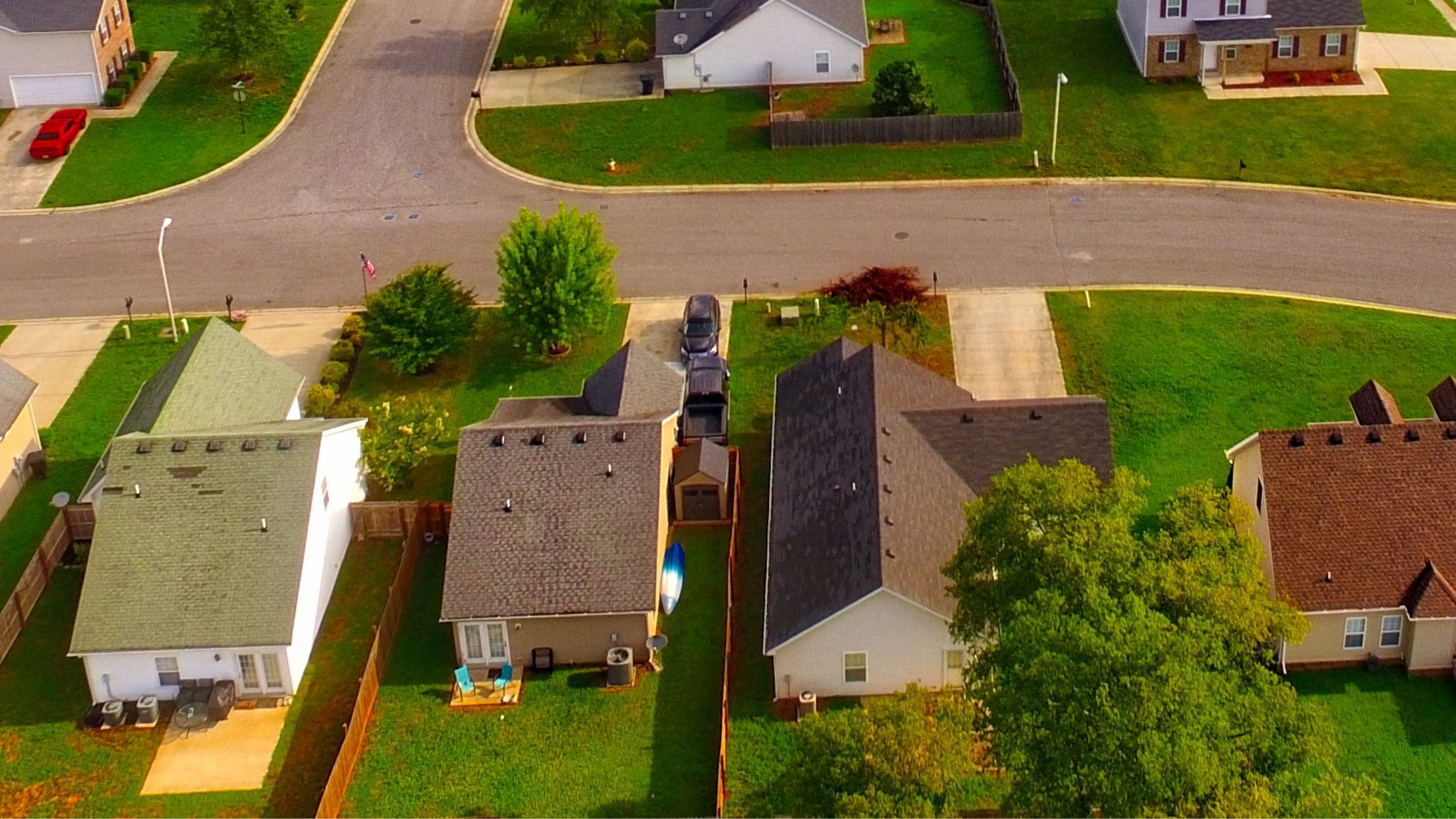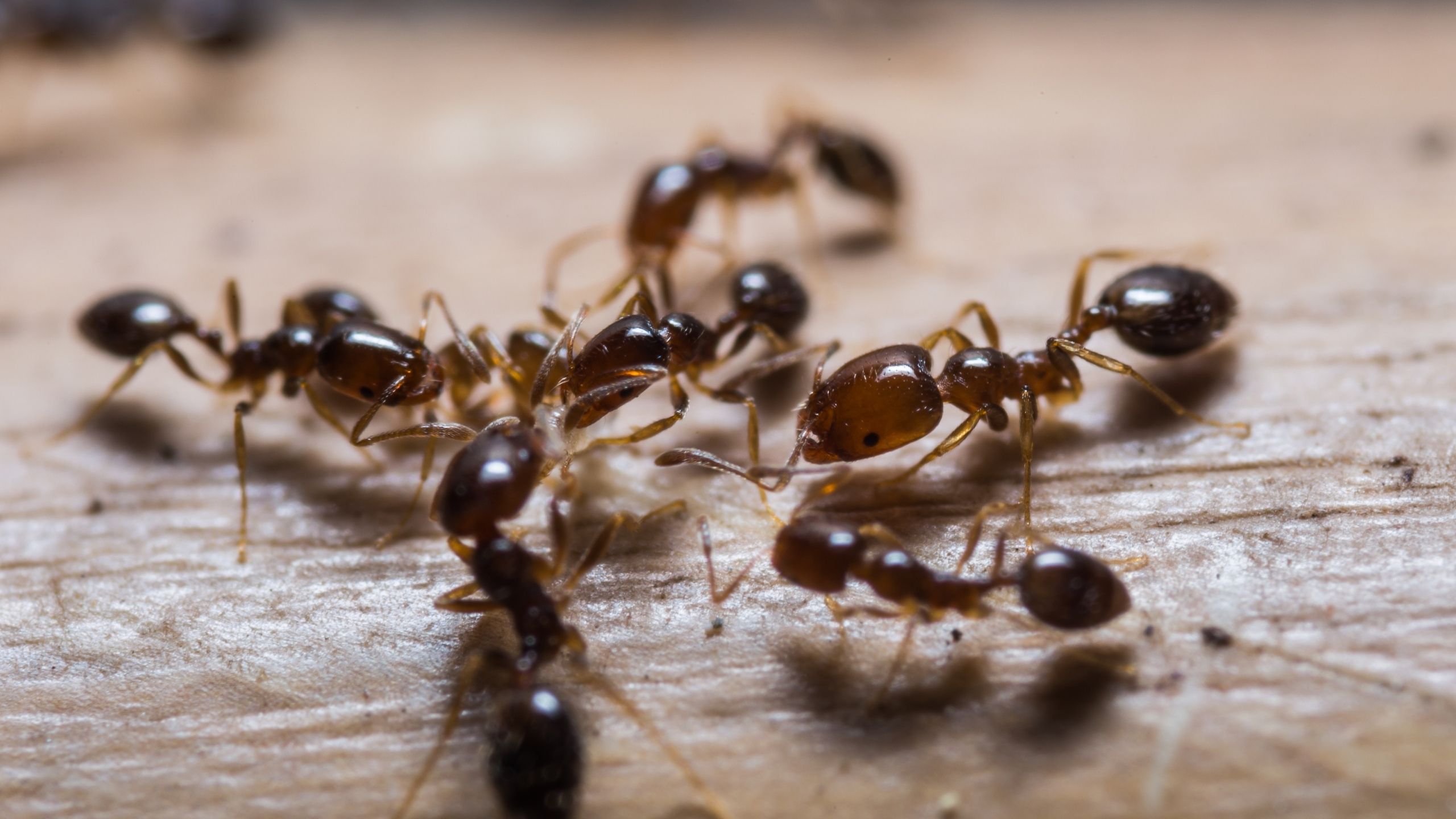Cereal Leaf Beetle
June 2007
Erin W. Hodgson, Extension Entomology Specialist (No longer at USU) • Edward W. Evans, Professor and Entomologist (No longer at USU)
What You Should Know


- Cereal leaf beetle is a serious insect pest of small grains throughout much of the United States.
- This insect is of regulatory concern to Utah; the presence of cereal leaf beetle in grain can restrict exporting to other counties and states.
- Parasites (wasps) and predators (beetles) can reduce cereal leaf beetle to tolerable levels.
Cereal leaf beetle, Oulema melanopus, is a leaf beetle in the family Chrysomelidae (Fig. 1). These beetles are native to Europe and have been considered pests of small grains since 1737. In 1962, cereal leaf beetle was first detected in the United States in a Michigan grain field. Since the 1960s, this insect has spread throughout much of the United States and Canada; now at least 30 states have confirmed cereal leaf beetle populations. Eventually cereal leaf beetles were discovered in Morgan County, Utah, in 1984. Since the first detection, beetles have been confirmed in 16 counties, although only considered established in Box Elder, Cache and Weber counties (Fig. 2). The slow spread and establishment of cereal leaf beetle will no doubt continue to all grain-growing regions in Utah. Most damage, however, is likely to occur in irrigated fields in cooler, moister parts of the state.
Host Plants
The cereal leaf beetle feeds on a wide range of host grasses, both in the larval and adult stages. This insect prefers spring-seeded small grains, especially barley, wheat and oats, but will also feed on spelt, wild oats, orchardgrass, timothy canarygrass, reed canarygrass, annual ryegrass, perennial ryegrass, foxtail, and fescues. Adult cereal leaf beetles may feed on the leaves of corn, sorghum, and sudangrass. Plants that are least preferred by the beetles but can still serve as a host plant include, bluegrass, millet, fescue, red brome, red top, and downy brome. In general, beetles prefer young plants and younger growth on plants. Cereal leaf beetles are rarely found on broadleaf plants.
Description


Adults: Cereal leaf beetle adults are small but brightly colored leaf beetles. They are about 1/4″ long and 1/16″ wide with a metallic blue head and forewings. The legs are yellow, and the “neck” and thorax are orange-red (Figs. 1, 3, 5).
Eggs: Newly laid eggs are bright yellow or orange and football-shaped with rounded edges (Fig. 5). Eggs are less than 1/16″ long and deposited singly or end-to-end in groups of 2-3. As the eggs mature, they turn orange-brown and eventually black before hatching into larvae.
Larvae: Young larvae are plump with pale yellow bodies and a dark brown head with three pairs of thoracic legs (Figs. 4, 5, 7). Mature larvae can reach up to 1/4″ long. As they feed, larvae become covered with slimy frass, or excrement, to prevent desiccation and predation. People will notice the fecal matter smeared on pant legs as they walk through infested fields. Disturbed larvae will cast off the slime coating.
Pupae: Rarely seen, cereal leaf beetle pupae are encased in earthen cells under the soil surface. The pupae are yellow and look similar to the adults except for poorly developed wings.
Life Cycle


Cereal leaf beetles have one generation per year and overwinter as adults. In the spring, adults will seek out newly seeded fields of small grains to feed and mate. Temperatures above 66°F are ideal for flight and mating. Females deposit up to 300 eggs on the topsides of leaves. Eggs hatch in 4-23 days depending on spring temperatures. In Utah, the first egg hatch is expected the first week of May and peak egg hatch is during the last week of May. Newly hatched larvae begin feeding on the upper leaf surface. Larvae feed and grow for about 12-20 days while going through four instars. Larvae drop to the ground and burrow into the soil to pupate. Adults emerge from the pupal cases in about 10-21 days. The total development time from egg to adult is about 6 weeks depending on food quality and temperature. Adults will feed on various plants for about 14 days before finding overwintering shelter. Adults can be found in hollowed-out grass stems or other plant debris, under bark, or in building structures.
Plant Damage

Economic damage to small grains is caused by the cereal leaf beetle larvae feeding on the leaves. Typical feeding can result in transparent slits in the leaf blade, and heavy feeding can cause the entire leaf to turn white (Figs. 4, 7). Larvae remove the leaf chlorophyll down to the cuticle and between the veins. Damage is especially noticeable during the flag leaf stage where an entire field can look “frosted” (Fig. 6). Wheat and oat fields are the most susceptible to larval feeding, and yields can be reduced by 30-50% if left untreated. Adults feed on leaves but rarely cause economic damage.
Quarantines and Regulatory Concerns
Cereal leaf beetle is considered a quarantined insect throughout the United States, meaning the presence of beetles in grain restricts the exportation to uninfested counties or states. As a result, domestic grain markets require fumigation or guaranteed insect-free shipments to prevent the spread of beetles to new areas. Arizona, California, and Nevada have a quarantine program for cereal leaf beetle and will not accept barley or wheat hay from infested areas in Utah. The Utah Department of Agriculture and Food is our state agency that regulates the movement of grain between states. UDAF is also responsible for an annual survey of cereal leaf beetle in every grain-growing county in Utah.
Sampling and Economic Thresholds

After plant emergence in the spring, start scouting for cereal leaf beetle adults. The overwintering adults will seek out spring-seeded plants. Although treating adults is not recommended, their feeding and mating activity can be an indication of larval infestations during the summer. Scouting early will also help determine egg hatch and subsequent larval feeding.
Scout weekly by walking through the field in a “W” or “N” pattern to ensure coverage. Stop at 5-10 locations depending on field size and look at 10 plants per location. Take note of the plant growth stage during weekly counts because treatment thresholds change as the plants mature. See Figure 8 to learn more about plant growth stages and Feekes scale scores. Record the number of eggs and larvae per plant for small plants or per stem for large plants. Eggs and larvae can be found on the upper leaf surface and on the tillers before the flag leaf stage. Calculate the average number of each cereal leaf beetle stage per plant.
Before the boot stage: The treatment threshold before the critical boot stage (i.e., Feekes scores 1-6) is 3 larvae per plant and/or 3 eggs per plant. Larvae will be concentrated on the flag leaves (i.e., Feekes score 8) when they emerge. More than 3 larvae per flag leaf can negatively impact plant vigor, and significantly reduce grain yield and quality.
After the boot stage: The treatment threshold changes in the boot stage (i.e., Feekes scores 9-10) to only one larva per flag leaf.

Biological Control
Even more so than predators, parasitic insects kill many cereal leaf beetles. Several species of small wasps that parasitize cereal leaf beetle were introduced from Europe following establishment of the pest in eastern North America. Of these, one wasp species in particular (Tetrastichus julis or simply “Tj”) is well-suited to climatic conditions in Utah and has spread throughout the state.
Tj spends the winter in fields planted with small grains the previous growing season. Adults emerge from the soil in May and females lay eggs inside newly hatched cereal leaf beetle larvae. The wasp larvae develop within the beetle larvae. The parasitized beetle larvae continue to feed on the host plant, but are killed after they drop from the host plant to pupate in the soil. Some Tj emerge as adults from beetle pupal cells later in the summer and parasitize late developing beetle larvae, while other Tj wait to emerge the following spring.
Field research in Utah shows increasing parasitism of cereal leaf beetle by Tj. But tillage after harvest or before planting limits the success of Tj; plowing and disking grain fields reduces the survival of Tj in the soil. If possible, leave some areas of the grain field (e.g., field margins or islands within the field) untilled for a year after harvest if planting grain again the following year. This will result in increased parasitism of cereal leaf beetle larvae in the same field the next year, as well as increased dispersal of Tj adults to nearby fields of small grains. This practice will promote an area-wide increase of Tj and suppression of cereal leaf beetle, as has occurred in eastern North America (Ontario).
At present, Tj provides the most biological control of cereal leaf beetle in Utah. Attempts to introduce additional species of parasitic wasps, including one (Anaphes flavipes) that attacks cereal leaf beetle eggs, have not been successful so far. Predatory insects such as lady beetles, or ladybugs, at times can eat large numbers of cereal leaf beetle eggs and larvae. Most beneficial insects, including lady beetles and parasitic wasps, are also readily killed by insecticides used for cereal leaf beetle. It is important, therefore, to avoid using insecticides whenever possible. In addition to providing untilled habitat for overwintering Tj, maintaining healthy, full stands will also promote biological control.
Control Options
Small grain growing regions in Utah may take a few years to establish healthy natural enemy populations. Growers can use other integrated pest management (IPM) strategies in addition to biological control to minimize larval damage in barley, wheat and oats.
- Cereal leaf beetle adults prefer to colonize thin, weak plants, so promote full stands and high quality small grain to discourage migrating adults in the spring.
- Avoid late planting small grains in the spring because adults prefer younger growth. Early-planted fields are not as attractive to migrating adults.
- Sometimes heavy rain or irrigation can kill cereal leaf beetle larvae. If a heavy rain occurs after scouting has recommended treatment, check the field again to determine any mortality.
In growing areas with persistent cereal leaf beetle pressure, insecticides can help minimize yield loss from larval feeding. Larvae are easily controlled with low rates of several insecticides and one application usually provides sufficient control. When selecting a product, consider the presence of aphids, armyworms or other insects for overlapping insecticidal control. Applying an insecticide with an early top dress of nitrogen is not advisable because the spray timing is too early in the season and will eliminate most natural enemies. There are several registered products in Utah for cereal leaf beetle contol: beta-cyfluthrin*, carbaryl*, chlorpyrifos*, gamma-cyhalothrin*, lambda-cyhalothrin*, malathion, methomyl, spinosad, and zeta-cypermethrin*.
* = wheat only








